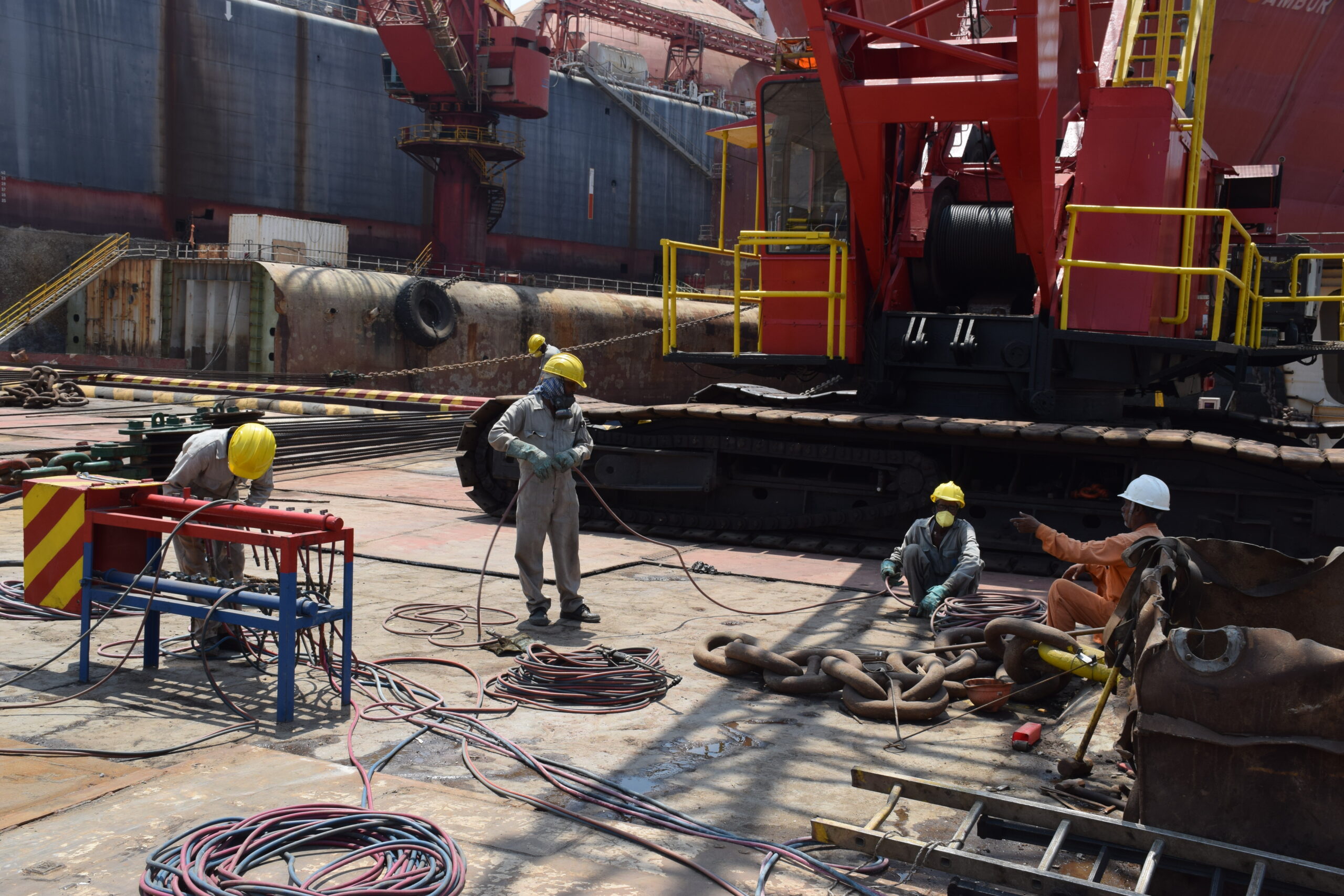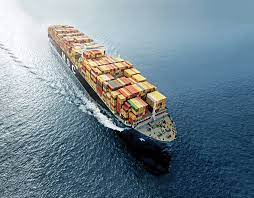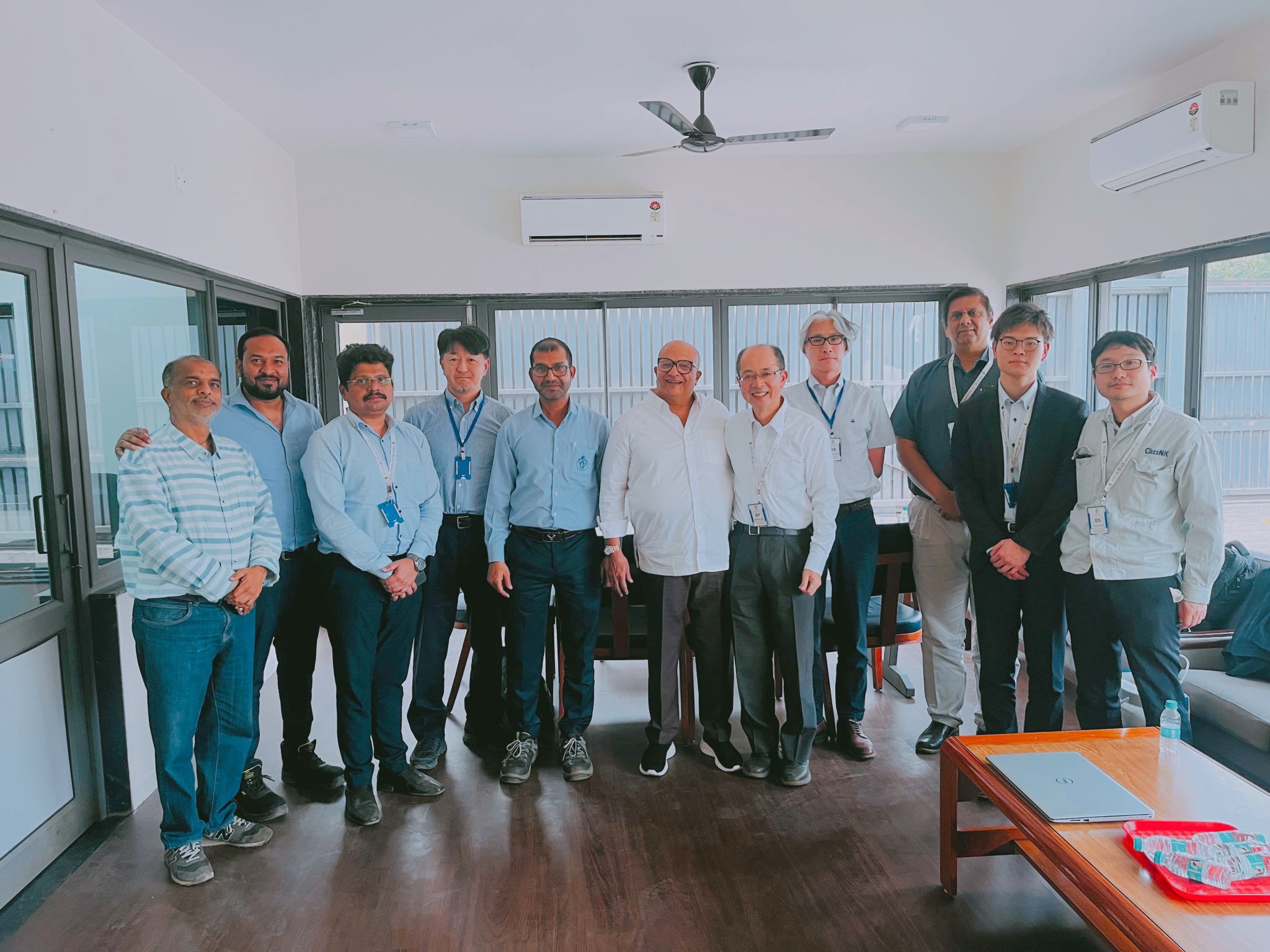Chennai Port’s ₹8000-Crore Outer Harbour Project to Transform Maritime Connectivity by 2031
Chennai, November 2 — In a major infrastructure push aimed at transforming Tamil Nadu’s maritime logistics ecosystem, the Chennai Port Authority has announced plans to develop a massive Outer Harbour project at an estimated cost of ₹8,000 crore. The ambitious project, to be implemented on a Design-Build-Finance-Operate-Transfer (DBFOT) model, is expected to significantly enhance the port’s capacity and operational efficiency, enabling it to handle some of the world’s largest container ships by 2031.

According to senior officials of the Chennai Port Authority (ChPA), the Outer Harbour will be developed seaward—beyond the existing harbour line—to create substantial additional capacity and accommodate ultra-large container vessels (ULCVs) with carrying capacities exceeding 20,000 TEUs (twenty-foot equivalent units). “Bigger vessels require deeper drafts, advanced berths, and high-throughput handling systems. The proposed harbour will have a draft of more than 20 metres, positioning Chennai among the select few ports globally equipped to handle ships of this scale,” an official said.
The Outer Harbour project is envisioned as a next-generation maritime infrastructure facility that will boost Chennai Port’s competitiveness, cut logistics costs, and reduce turnaround time for cargo. Officials said the initiative will support India’s growing role in global trade, particularly amid the government’s push to strengthen port-led industrialisation under the Sagarmala programme.
The project will be implemented in phases, allowing flexibility for technological upgrades in line with global port trends. The first phase, slated for completion by 2031, will be designed to handle ships with a draft of 18 metres. Subsequent phases will see the facility upgraded to accommodate vessels with drafts of up to 21 metres, making it capable of handling the largest container carriers currently in operation.
As per the Request for Proposal (RFP) issued, the Outer Harbour project includes an extensive list of infrastructure components — the construction of breakwaters, land reclamation for yard development, creation of new berths, development of a container parking yard, internal road and rail connectivity, installation of advanced cargo-handling equipment, dredging of approach channels and basins, and the provision of navigational aids, tugs, and floating crafts.
The Chennai Port Authority will soon appoint a transaction advisor to carry out a detailed feasibility study, following which the bidding process for the concessionaire will begin. Officials expect the concessionaire to be finalized by the end of 2026, after which the 45-year concession period will commence.
“The Outer Harbour project will fundamentally redefine the port’s handling capacity and improve the efficiency of cargo movement,” said an official involved in the planning. “Once operational, it will help Chennai Port cater to the growing containerized cargo from Tamil Nadu’s manufacturing and industrial hubs and also strengthen India’s coastal shipping and transshipment potential.”
This marks the third attempt by Chennai Port to develop an outer harbour facility. The concept was first proposed in 2007 as a “mega container terminal north of Bharathi Dock” featuring a 2-kilometre quay length and 4 million TEU annual handling capacity. However, despite a feasibility study by IIT-Madras, the project failed to attract private investment at the time due to low commercial interest and unfavorable market conditions.
A second attempt in 2013 also failed to take off, largely due to global economic slowdown and uncertain trade projections. Now, with industrial growth in Tamil Nadu accelerating and regional transshipment needs rising, the project has been revived with renewed focus and improved economic viability.
“The shipping industry has changed dramatically over the past decade,” a port official noted. “Container vessels have become larger, and supply chains more complex. With Tamil Nadu emerging as a major manufacturing and export hub — particularly in automobiles, electronics, and renewable energy sectors — the Outer Harbour will serve as a strategic gateway for international trade.”
The Outer Harbour’s development coincides with the progress of the Chennai Port–Maduravoyal Elevated Corridor, another transformative infrastructure project designed to streamline cargo movement to and from the port. The elevated corridor, once completed, will separate port-bound heavy vehicles from city traffic through dedicated lanes and multiple ramps, reducing congestion and improving turnaround times for freight.
Officials highlighted that the timing of these two projects is crucial, as together they will strengthen Chennai’s position as a leading logistics hub in South India. “The additional cargo expected from the Outer Harbour can be handled seamlessly once the elevated corridor is operational. It will provide uninterrupted, congestion-free access between the port and industrial clusters around the city,” a senior official added.
By 2031, the first phase of the Outer Harbour is expected to be fully functional, marking a milestone in Chennai’s maritime development story. Once completed in all phases, the facility will enhance Chennai Port’s overall capacity and efficiency manifold.
The port’s current infrastructure has limitations in handling ultra-large vessels due to draft restrictions and constrained berthing space. The new Outer Harbour will address these bottlenecks, helping the port compete with deep-water ports such as Mundra and Vizhinjam. It will also support India’s goal of becoming a key transshipment hub in the Indian Ocean region.
Maritime analysts say the project could catalyze the growth of allied sectors including ship repair, logistics, and warehousing. It is also expected to generate significant employment opportunities during construction and operation.
In addition, the Outer Harbour aligns with the national vision of enhancing coastal infrastructure resilience through sustainable design, environmental safeguards, and efficient use of maritime resources.
For Chennai, the Outer Harbour project represents more than just an expansion—it is a strategic move to future-proof its maritime economy. With global shipping trends shifting toward larger, more efficient vessels, the city’s ability to accommodate them will determine its long-term role in global trade routes.
As the port authority prepares to invite bids and finalize partners by 2026, all eyes are on how this landmark project will reshape Chennai’s coastline and redefine India’s maritime landscape.
If executed as planned, by 2031, Chennai’s Outer Harbour could well become one of the most advanced and vital ports in South Asia—serving as a gateway to both economic growth and technological transformation.
Author: shipping inbox
shipping and maritime related web portal









